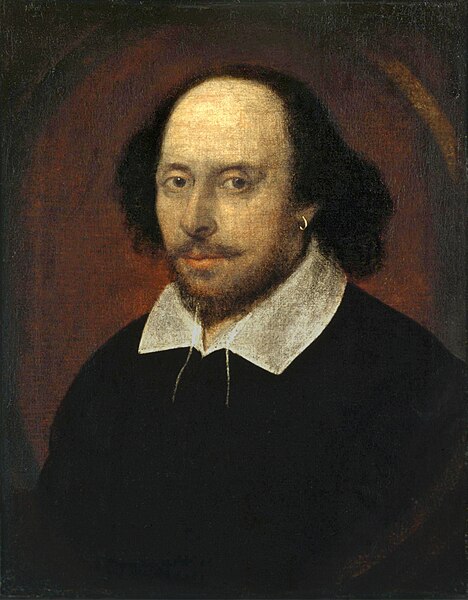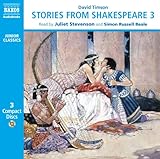So this was our first go at a creative Math class which was a big success in terms of enjoyment and I think also in terms of learning. It was simple, hands on and quite effective.
What is a creative Math class? It is my attempt to make Math hands-on fun for my kids to help them overcome any negativity about the subject. It is about taking a different approach to the subject to enhance their learning by allowing them to discover Math concepts for themselves rather than just telling them the solution or formula.
The following is an account of how our morning went.
First, I had them perform a warm up activity where they had to find as many circles and spheres in the house in 30 seconds. Each item got a point and creativity was rewarded with extra points. A little scrambling around the house is always useful to wake them up!
We then started with the basics:
1) Points, Line and Plane
I instructed them to draw on their small white boards the following:
- a point (a dot), label it capital A, draw another point and label it capital B
- draw a line between A and B. This is a line – it has only 1 dimension, that dimension is length.
It is a set of points in a straight line.
- look at a sheet of paper (it is flat)– this is a plane – a plane is infinitely wide and long – it has NO thickness.
- I then had them draw a circle.
- All 2 dimensional shapes like circles exist in a plane.
2) What is a circle?
The next activity was an outdoor activity (I had photos but they somehow have managed to disappear :( ).
I had the girls hold each end of a skipping rope. The one in the centre was stationary and the other walked around her. I asked them what shape they made? (A circle - yay good!) Then, at every step, I had them make a point and then they had to join all the points together. (Look you've made a circle!) –I have to admit that it was not a perfect circle so we had to improvise a little but since this was really just basic geometry, they had no problems making the adjustments. When they were done, I gave them the definition below:
A circle is a set of all points in a plane that are the same distance from a given point. (the centre child is the given point)
Then we worked through these questions:
(i) What do you call this point? the centre – mark it O
(ii) Draw a line from the centre to any point along the circle – what is this called? – Radius
Is there just one radius? – no there are many Radii. (e.g the spokes of a bicycle wheel) Can you see that the rope represents the radius of the path formed by you walking around?
A radius is a line segment – it has two endpoints.
(iii) Mark the centre O and 2 points on the circle (A and B)
Does the length of the Radius change at all? No – they are all the same length. So OA and OB are the same length.
(iv) Now draw a line from one point of the circle to another point on the circle
This is called a chord.
Draw a chord near the centre of the circle and one further away – which is longer?- The one closer to the centre.
The farther away the chord is from the centre, the shorter it is.
(v) Can you draw the longest chord?
Do you know the special name of this chord? – Diameter.
Not only is it the longest chord, what else does it do? It divides the circle into 2 equal parts called a semi-circle.
(vi) Measure the radius of the circle and then the diameter? What figures do we have? (again, since our circle was a little wonky the figures were not very accurate but we adjusted)
What do you notice about the diameter? the diameter of a circle is twice the length of it’s radius.
3) Circumference
Having covered the basics, we talked about perimeter and circumference. We talked about how the path around any geometric shape is called a perimeter. Then I had them walk around the edge of the circle and I asked them if they knew the special name for this perimeter? - It is a circumference. It is the distance around the circle.
I mentioned 2 other terms to them:
A tangent - a straight line or plane that touches a curve or curved surface at a point but does not intersect it at that point.
A secant - a straight line that intersects a curve at two or more points.(is it the same as a chord?)- a chord is the bit of a secant that lies within the circle.
We then played Simon Says around the circle (I got this idea from this fantastic blog which has lots of ideas for teaching math creatively). I would shout the following:
Simon says, jump on the circumference/ put your elbow on the centre/ put a toe on the secant/ run around a half circle/Put a toe on the chord and an elbow at the centre/Everyone form a diameter across the circle/Make a radius with your body/Make a tangent.
4) Learning about Pi
After cooling down, we continued with some table work.
They had to measure three different circles (we used a plate, coaster and a magic tape roll) with a string. They recorded it in their Math books and then measured the diameter of each circle. I had them compare the length of their string with the length of the diameter and they noticed (Hurray) that in every instance, despite the different sizes of the circle - the circumference was always 3 times (and a bit) longer than the diameter.
measuring circles to find their circumference and diameter
A table to compare their results and work out Pi
My mathy husband happened to be around so he talked to them about ratios and showed them how to work out the diameter, circumference and radius and discussed Pi with them, which was great because I don't think I could have explained it as well as he did.
This is what they learnt from this exercise:
The circumference is always a little more than 3 times longer than the diameter.
This type of comparison is called a ratio.
This can be written like a fraction C/d.
And it will ALWAYS BE THE SAME NUMBER.
This is called Pi – it is a very long number but it is about equal to 3.146.
The symbol for pi is 
We then watched a really fun video of a song about Pi.
This lens also has great ideas for teaching Pi in creative ways. Did you know there is a Pi day? It is March 14 (3.14) :).
The session was finished with the story of Archimedes from Mathematicians are People Too.This is a great book with biographies of people like Thales, Archimedes, Pythagoras, Galileo and Pascal to name a few. It makes for an excellent living link to Math concepts and History. We also read Sir Cumference And The Dragon Of Pi which is part of a highly enjoyable series teaching numerous geometrical concepts. 

The girls made a paperchain out of pi numbers as they were listening and memorised quite a few of the numbers in the process.
If we had more time I could have used copywork quotes and Notebook pages from here to extend the learning but even I know when to stop!
It took us all morning but they really responded well to subject which was my goal and I am hoping that it will begin to break down the barriers of resistance to Math as they have more fun with it.
There will definitely be more lessons like this.


















